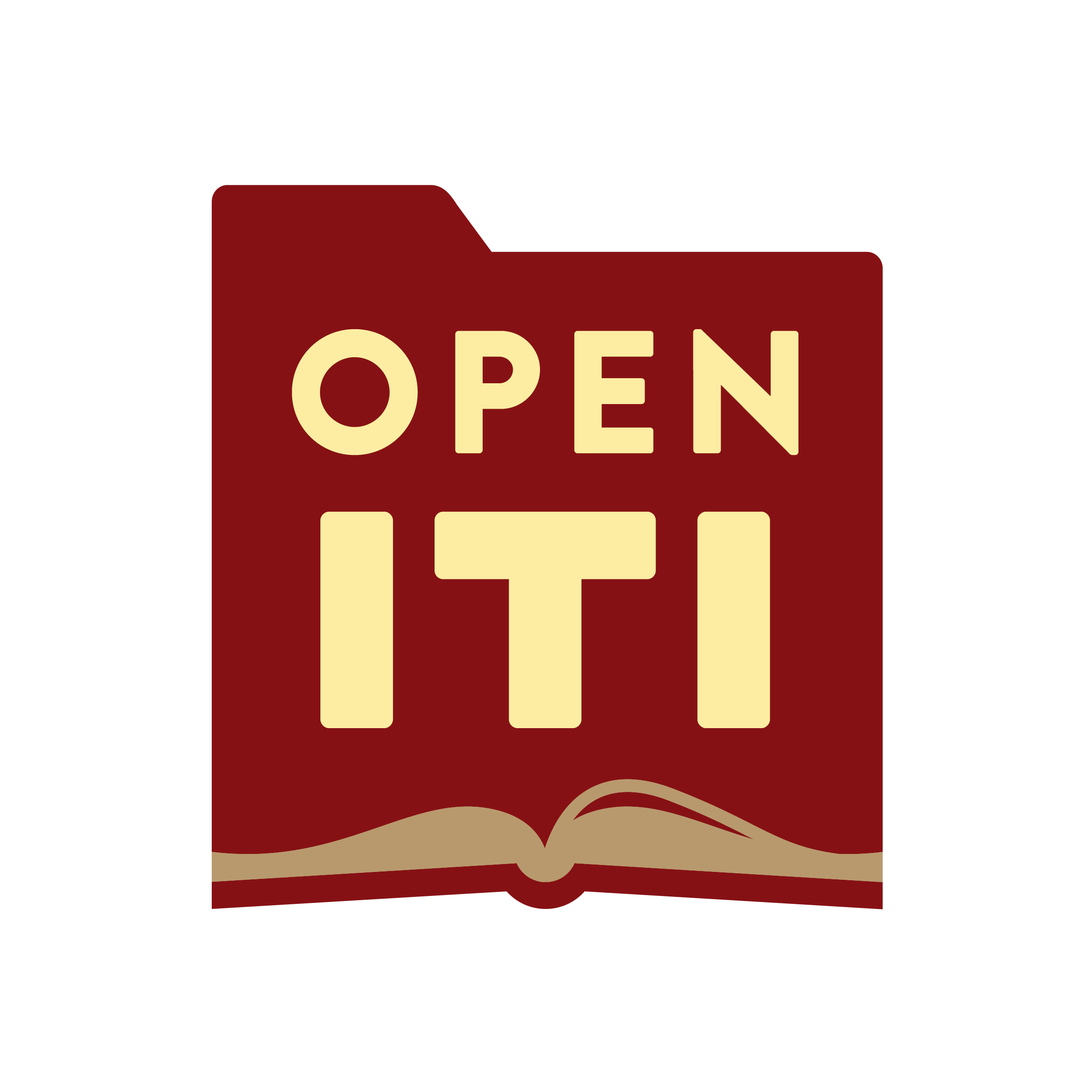Posts - Page 2 of 2
Shajara-i Turk: A 17th-century Turko-Chinggisid Genealogy from Central Asia
We continue our series of guest posts by our summer paleography and codicology course students this week with an exploration by Nurlan Kabdylkhak of the manuscript tradition of an important component text of Central Asian Islamicate literature.
Shajara-i Turk stands out among historical chronicles originating in Central Asia for several compelling…
Exploring Manuscript Textual Variability With Digital Tools: The Many Afterlives of Niẓāmī Ganjavī’s Laylī-u Majnūn
*Today’s guest post introduces the multi-witness manuscript work of another of our summer paleography and codicology course students, Modje Taavon.
Exploring Manuscript Textual Variability With Digital Tools: The Nahj al-Balāgha of ʿAlī ibn Abī Ṭālib
This week’s post comes courtesy of Atiyeh Taghiei, one of our five summer course students, and discusses the text and manuscript tradition with which she worked this summer as part of the OpenITI multi-witness manuscript text project.
Exploring Manuscript Textual Variability With Digital Tools: Introduction
As mentioned in last week’s post, one of the goals of OpenITI over the coming months and years is to develop new ways of exploring textual variability in the manuscript tradition using the affordances of digital tools and platforms. One of the distinguishing features of texts in Islamicate manuscript cultures…
Digital Islamicate Paleography and Codicology Summer School
Roshan Institute for Persian Studies at the University of Maryland, College Park (Roshan Institute-UMD) is offering a free, stipend-supported twelve-week online summer course on digital Islamicate paleography and codicology. This course is part of the “Unsupervised Islamicate Manuscript Transcription via Lacunae Reconstruction” project, funded by a National Science Foundation grant to Roshan-UMD and the University of California, San Diego…
Using eScriptorium for Manuscript Transcription
There are any number of reasons a researcher might want to transcribe a digitized manuscript, and there are now a number of tools available to help one in doing so. Transcribing Arabic-script manuscripts poses certain challenges right from the get-go, regardless of whether one is operating in a digital environment or not. Deciphering difficult handwriting, reconstructing lacunae caused by loss of material, navigating manuscripts with text running…
From Handwritten to Metal Type and Back to Handwritten: The Trajectory of Nasta’līq Printing in the 19th Century Islamicate World
In the course of our work locating and analyzing typefaces and typeface frequency across the last two centuries of Arabic script mechanical print we made some fascinating historical discoveries, including some striking typefaces whose existence we would not have previously suspected. Among these…
Challenges of Layout Analysis across Arabic-Script Training Data
Layout Analysis is the process of identifying regions (e.g., title, body text, footnotes, etc.) on a page of text before sending it through the OCR engine. Preparing documents to train our OCR models involves several distinct steps, including semantic annotation, fixing segmentation errors, and editing faulty transcriptions. eScriptorium allows users to associate specific labels with regions…



